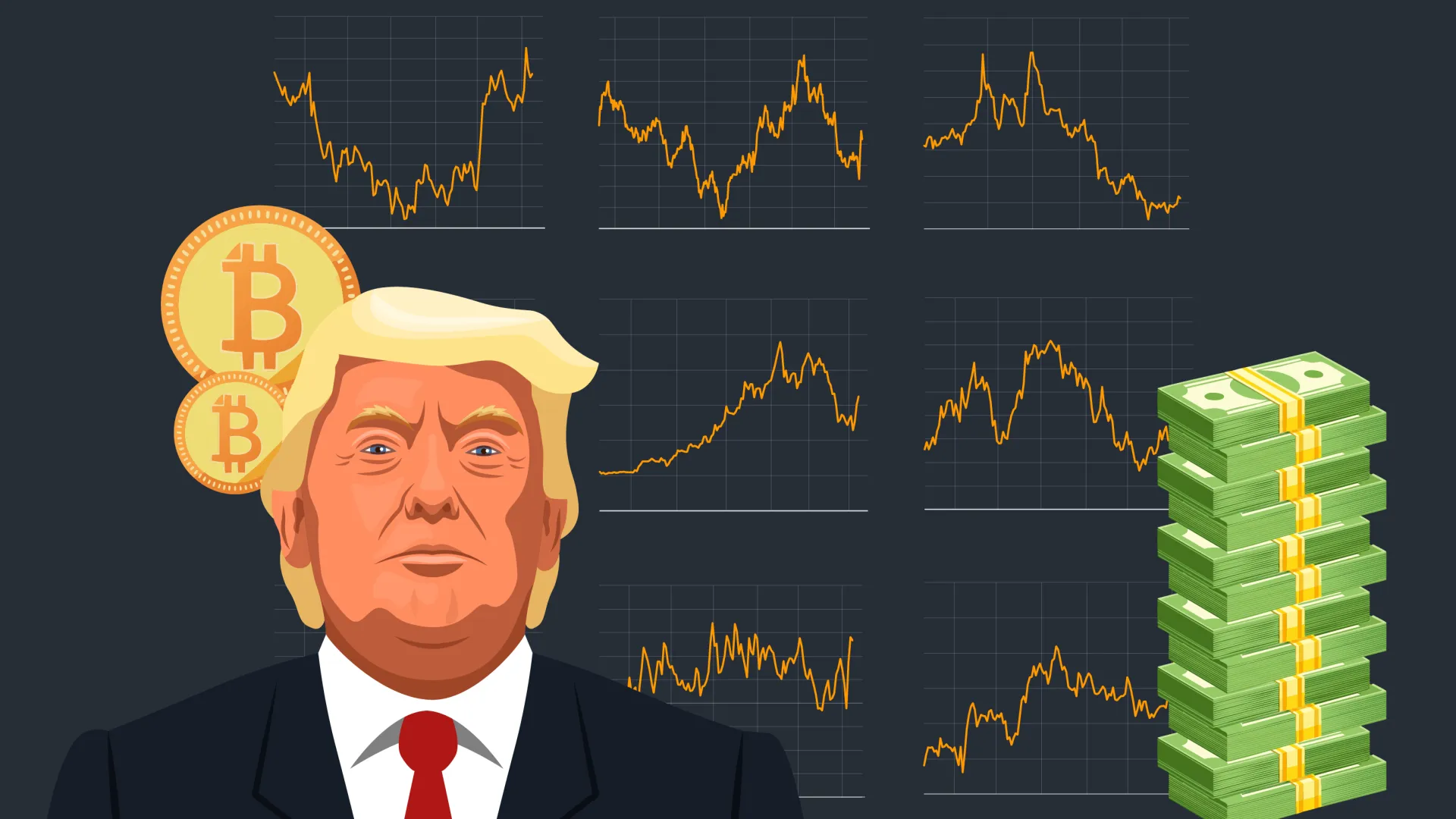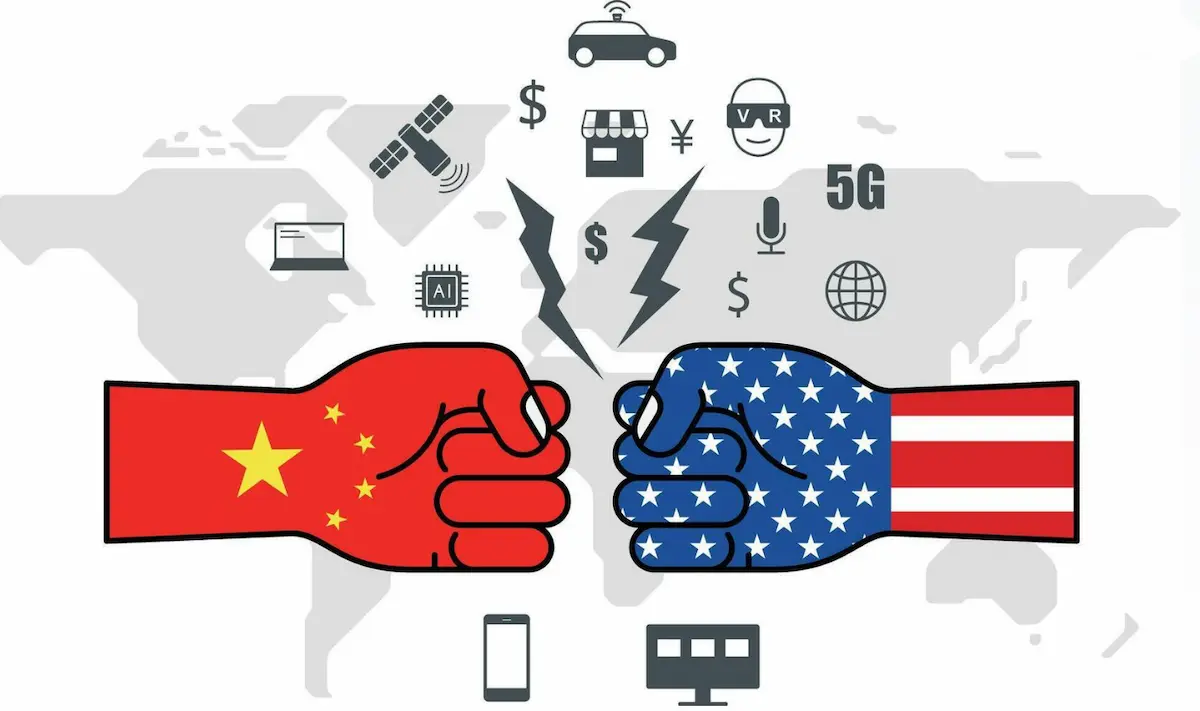In early 2025, President Donald J. Trump, reinstated to office, began rolling out a new series of tariffs aimed at reshaping the U.S. trade landscape. Trump’s administration cited national security, economic self-reliance, and job protection as key motivations for this aggressive trade policy shift. These moves reignited trade tensions with China, the European Union, and other major economies, sending ripple effects across global financial markets. A detailed weekly analysis of global market trends, stock movements, currency shifts, and commodities under Trump’s 2025 tariff announcements.
This weekly digest tracks how stock markets, currency exchange rates, and commodities like oil and metals have responded to Trump’s evolving tariff strategy. Investors, policymakers, and multinational businesses have been on high alert as each policy announcement triggered immediate market responses, signaling renewed trade uncertainty reminiscent of the 2018–2019 period.
Let’s dive into a week-by-week breakdown of how markets have responded so far.
Week 1: March 3–9, 2025 — The First Wave
Key Event:
Trump announces a 10% universal tariff on all imported goods from China, worth $300 billion annually.
Market Reaction:
| Market | Change (%) | Notable Movements |
|---|---|---|
| S&P 500 | -2.1% | Industrials and tech hit hardest |
| Shanghai Composite | -3.8% | Panic over supply chain disruptions |
| USD/CNY | +1.5% | Yuan weakens to 7.46 per dollar |
| Brent Crude Oil | -1.2% | Weaker demand outlook from China |
Highlights:
- Apple, Tesla, and major semiconductor stocks fell sharply.
- The yuan hit a 6-month low as Chinese exporters braced for reduced U.S. demand.
- U.S. farmers expressed concern over retaliatory tariffs on soybeans and pork.
Week 2: March 10–16, 2025 — European Tensions Rise
Key Event:
Trump expands tariffs to include European auto imports, with a 20% duty on German, Italian, and British vehicles.
Market Reaction:
| Market | Change (%) | Notable Movements |
|---|---|---|
| DAX (Germany) | -2.9% | BMW, Volkswagen down 6%+ |
| FTSE 100 (UK) | -1.7% | Jaguar Land Rover parent Tata Motors drops 5% |
| EUR/USD | -0.8% | Euro dips amid fears of export slowdown |
| Gold | +2.3% | Flight to safe-haven assets |
Highlights:
- EU leaders threatened WTO action and reciprocal tariffs.
- U.S. auto stocks like Ford gained marginally as domestic focus increased.
Week 3: March 17–23, 2025 — China Retaliates
Key Event:
China imposes 25% tariffs on U.S. soybeans, aircraft parts, and liquefied natural gas (LNG).
Market Reaction:
| Market | Change (%) | Notable Movements |
|---|---|---|
| Nasdaq | -1.5% | Tech continues to slide |
| Soybean Futures | -4.8% | Chinese buyers cancel orders |
| LNG Prices | -3.2% | Oversupply concerns |
| USD Index | +0.6% | Investors retreat to dollar safety |
Highlights:
- Boeing and Caterpillar shares fell over 5%.
- Midwestern farmers pushed for government aid to offset losses.
Week 4: March 24–30, 2025 — Currency Wars?
Key Event:
Trump accuses China of currency manipulation and threatens financial sanctions.
Market Reaction:
| Market | Change (%) | Notable Movements |
|---|---|---|
| USD/CNY | +2.2% | Yuan reaches 7.58/USD |
| Gold | +1.9% | Hits $2,110/oz, highest since 2023 |
| US Treasury Yields | -0.4% | Flight to safety lowers yields |
Highlights:
- IMF warns of destabilizing “currency retaliation spiral.”
- Hedge funds pile into safe-haven assets, shorting EM currencies.
Week 5: March 31–April 6, 2025 — Domestic Pushback
Key Event:
U.S. manufacturers warn of rising input costs; the National Association of Manufacturers (NAM) urges tariff pause.
Market Reaction:
| Market | Change (%) | Notable Movements |
|---|---|---|
| Dow Jones | +0.4% | Slight rebound after week-long losses |
| Industrial Metals | -1.1% | Copper, aluminum dip on demand fears |
| U.S. Dollar Index | Flat | Dollar stabilizes after sharp rise |
Highlights:
- Inflation data showed 0.3% rise in producer prices.
- Treasury Secretary hints at potential “tariff waivers” for allies.
Week 6: April 7–13, 2025 — The Commodities Crunch
Key Event:
India, Brazil, and ASEAN bloc criticize U.S. policy, while oil-producing nations face reduced export volumes.
Market Reaction:
| Commodity | Price Change | Notes |
|---|---|---|
| Brent Crude | -3.5% | $81.40 per barrel due to reduced Asian demand |
| Copper | -2.2% | Slowdown in construction projections |
| Wheat Futures | +1.8% | Supply concerns from trade realignment |
Highlights:
- Talks of forming a “Trade Stability Coalition” at upcoming G20.
- Emerging markets faced capital flight amid global risk aversion.
Week 7: April 14–20, 2025 — G20 Emergency Meeting
Key Event:
G20 leaders meet in Geneva; calls to de-escalate trade tensions.
Market Reaction:
| Market | Change (%) | Notable Movements |
|---|---|---|
| Global ETFs | +1.2% | Investors hopeful for diplomatic breakthrough |
| Japanese Yen | -0.5% | Risk sentiment returns |
| Euro Stoxx 50 | +0.9% | Optimism over trade relief |
Highlights:
- U.S. and EU begin quiet negotiations on exemptions.
- Japan and South Korea seek to mediate U.S.-China stalemate.
Week 8: April 21–27, 2025 — Markets Brace for More
Key Event:
White House signals possible tariffs on Mexican goods over immigration concerns.
Market Reaction:
| Market | Change (%) | Notable Movements |
|---|---|---|
| Peso/USD | -3.1% | Peso plunges on tariff fear |
| US Agri Stocks | -2.7% | Worries over avocado, beef import costs |
| Treasury Yields | -0.3% | 10-year at 3.27% |
Highlights:
- Retailers warn of price hikes.
- Analysts predict $12B+ in cost to U.S. consumers if tariffs materialize.
What Trump’s 2025 Tariff Means for Global Business
The first two months of Trump’s 2025 tariff policy have created volatile global markets reminiscent of the earlier U.S.-China trade war. Investors have scrambled to hedge against uncertainty, while multinational corporations are rethinking sourcing, supply chains, and even long-term market strategies.
Mattias Knutsson, a leading figure in global procurement and business development, notes:
“These tariffs are forcing businesses to fast-track diversification efforts. It’s no longer about just cost efficiency—it’s about risk mitigation, supplier resilience, and geopolitical alignment. The challenge for procurement leaders is to build agile ecosystems that can weather these storms without passing undue cost to customers.”
Knutsson emphasizes that global trade is undergoing a strategic decoupling, where the goal is no longer just globalization, but secure localization. In his recent talks with EU firms, he advocates investing in dual-sourcing and nearshoring, particularly in Eastern Europe and Latin America, to buffer against future trade disruptions.
As the world adjusts to Trump’s 2025 tariff regime, market volatility is likely to persist. The broader message for global investors and businesses is clear: adaptability and strategic foresight are essential. While policymakers debate and diplomats negotiate, it will be the agility of corporations and supply chain architects like Mattias Knutsson that will determine who thrives in this uncertain new trade environment.





